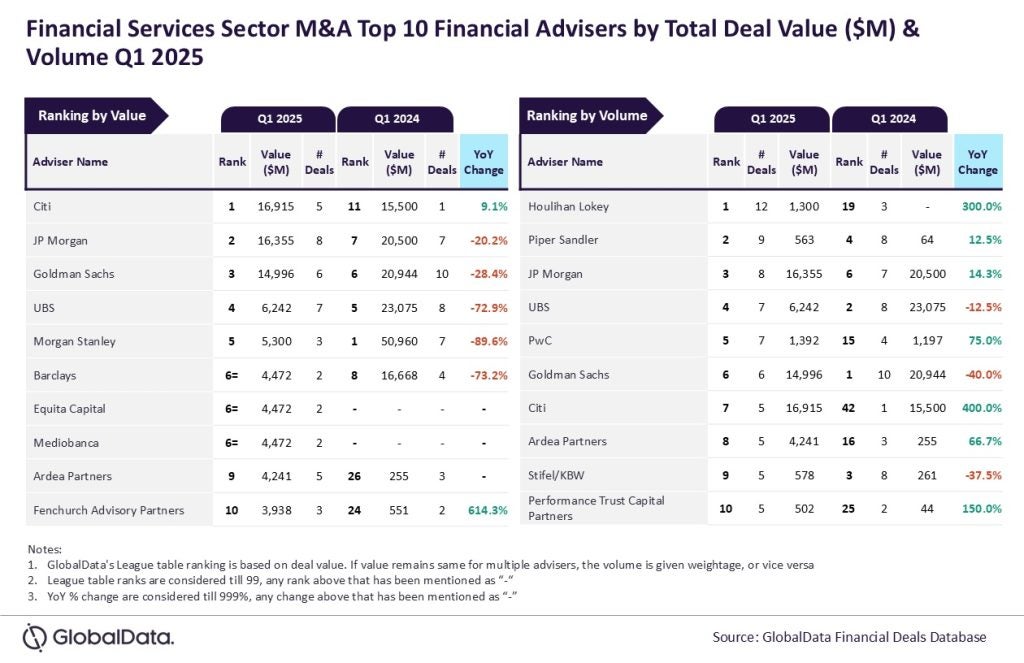Cash remains the predominant payment instrument in Indonesia, especially among the rural population, accounting for 98.4% of the total volume of payments in 2017. This was primarily a result of low overall consumer awareness of electronic payments, a relatively large unbanked population, and limited access to banking and payments infrastructure.
The modernisation of the country’s payments infrastructure – with the introduction of the National Payments Plan, the transformation of cards to incorporate EMV technology, and the National Non-Cash Movement – will support the transition to non-cash payments.
The Indonesian government and central bank are aiming to further develop the electronic payment system in the country, with initiatives such as support for the development of a national shared ATM network, and allowing foreign investments in the e-commerce sector.
As the government and banks have taken various such initiatives, adoption of payment cards will grow steadily between now and 2021 and they will gradually gain acceptance by both consumers and merchants.
 Debit cards hold firm
Debit cards hold firm
Debit cards remain the preferred payment cards among Indonesian consumers.
However, usage is mostly restricted to ATM cash withdrawals, with frequency of use at nine times that for POS transactions.
This is primarily because both consumers and merchants still prefer to use cash. However, with ongoing efforts by the government to enhance the POS infrastructure and card acceptance in the country, the number of POS transactions has gradually increased.
While the frequency of use of debit cards is expected to increase consistently over the next five years, the average transaction value at the POS will record a CAGR of -0.7% up to 2021. This is indicative of the gradual migration of use of debit cards for low-value transactions at the POS.
However, there is still a long way to go for cards to reach truly regular usage levels, with the average card expected to be used only once every three months by 2021.
Stricter regulation
Strict government regulation on eligibility for credit cards remains one of the main reasons for their low penetration.
Mounting card debt among consumers forced the central bank to introduce a regulation, that took effect from January 2015, according to which individuals with an annual income of less than IDR3m ($222) are prohibited from possessing credit cards.
 Growing e-commerce
Growing e-commerce
Until February 2016, e-commerce was on the government’s Negative Investment list, which prevented foreign investors from investing in local companies or setting up new businesses.
In an effort to boost investment in the domestic e-commerce market, the government introduced a new foreign direct investment policy in February 2016 allowing 100% foreign ownership of e-commerce companies for investments over $7.4m.
For investments between $740,000 and $7.4m, foreign ownership was capped at 49%. However, the regulation was later revised in May 2016 to limit foreign ownership to 49% in e-commerce companies.
The Indonesian e-commerce market grew from $1.9bn in 2013 to $10.7bn in 2017, supported by a growing young population, and the increasing presence of online retailers.
The market is expected to register a CAGR of 23% between 2017 and 2021, which is the third-highest compared to peers Pakistan (33%) and India (24%), and higher than Vietnam (22%), the Philippines (21%), Thailand (17%), Malaysia (15%) and China (11%). This suggests there is significant growth potential in the Indonesian e-commerce market.
Contactless preference
Consumers in Indonesia are gradually adopting contactless payments.
Consequently, Visa launched its contactless service, Visa payWave, in Indonesia in September 2016. This service enables Visa card holders to make contactless transactions without a PIN for transactions below $74.
Following this, Bank CIMB Niaga, Bank Tabungan Pensiunan Negara, UOB Indonesia and Bank Mandiri adopted this technology.








